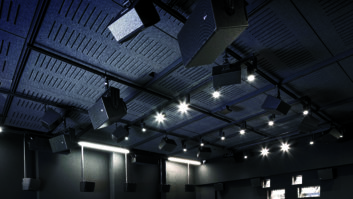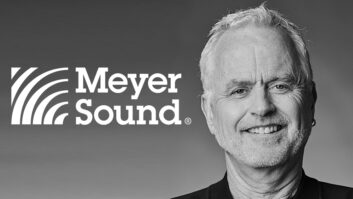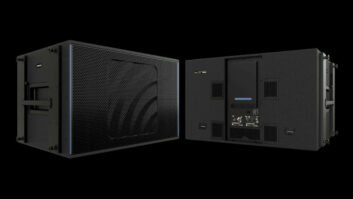The United States Patent and Trademark Office has allowed the claims of a patent application filed by Meyer Sound pertaining to the company’s MAPP Online acoustical prediction software. The patent describes a method of providing acoustical response predictions for a modeled loudspeaker system over a communications network. In the case of MAPP Online, an Internet-enabled client-server system lets modeling software running on a server at Meyer Sound’s headquarters (Berkeley, Calif.) provide the computational back end to GUI software running on the user’s local computer. Allowance of the claims is a significant step preceding the award of a patent. The patent, when issued, will be the 35th U.S. or international patent issued to Meyer Sound since its founding in 1979.
The MAPP Online system generates accurate predictions of the performance of Meyer Sound loudspeakers in a given configuration within a venue. The system, which is available free to qualified users, employs a graphical Java applet running on the system designer’s laptop or other computer with a sophisticated modeling program.
The user can define attributes of a venue (walls, floor, surface composition, etc.) and then specify the choice and configuration of loudspeakers. Once the scenario is defined and a prediction requested, the user’s computer transmits parameter data describing the scenario over the Internet to the server, which then draws on a database of loudspeaker profiles and performs the calculations. In a few seconds, the server returns a color image to the user’s computer, showing how the loudspeakers will perform and interact under the stated conditions. Coverage, frequency response at any given spot in the venue and much other data are instantly available.
Additional information on MAPP Online, including several white papers detailing aspects of the technology, is available at www.meyersound.com.







